When a band releases a truly classic album, the pressure to repeat that success on the next project is immense. Probably? I’m not a musician, how could I know for sure? I’ve heard musicians talk about it in interviews, though!
Some bands, though, just understand lightning probably isn’t going to strike twice. Those bands, when faced with replicating the most successful moment of their career, said “fuck it, let’s go disappoint these people.”
Here are five artists who responded to massive success in the weirdest ways possible.
Panic! At the Disco - Pretty.Odd
I’m gonna be honest, I’ve never been a Panic! At the Disco fan, even if the way they write their band name might have inspired the title of a podcast I host.
That misplaced punctuation is a good place to start when talking about Pretty.Odd, the 2007 follow-up to the band’s highly successful debut, A Fever You Can’t Sweat Out.
For some reason, on their sophomore outing, Panic! At the Disco became Panic At the Disco. They dropped the exclamation point, and I think we all know why.
Just joking! No one knows why, and if the band has ever explained it, I didn’t bother looking for that explanation, so how important can it really be? What’s important is that it wasn’t just the spelling of the band’s name that changed. Their sound changed too. A lot.
For lack of a better way to put it, Panic(!) At the Disco went from “Fueled By Ramen-flavored emo band” to “band that wants you to think they’re The Beatles.” They’re even dressed like Sgt. Pepper’s- era Beatles in the video for the album’s lead single.
The second Panic! At the Disco album is 100 percent that band’s version of Sgt. Pepper’s Lonely Hearts Club Band, except if The Beatles kicked off their concept album about being a different band by begging listeners to understand that they are still the same band.
Sound confusing? It sure is, and the people didn’t love it. At least people didn’t love it at the time. It seems like feelings about this record have softened over the years. Someone even mentioned that this could someday go down in history as Panic! At the Disco’s Pinkerton. That’s the Weezer album that Rolling Stone called the worst album of the year when it was released, but have since added it to their list of the 500 best albums of all-time.
I found that comparison intriguing, so I gave Pretty.Odd a listen and … no. It’s not Pinkerton and it sure as shit isn’t Sgt. Pepper’s. It definitely sounds like a band trying to sound like The Beatles, but the problem is they’re not good at it. I liked “She’s a Handsome Woman” just fine but also I didn’t make it past track seven. I just really hated this album. It wore me out before I was even halfway through it. Sorry.
Fleetwood Mac - Tusk
This is possibly history’s most famous example of a band following massive mainstream success with unabashed weirdness.
In early-1977, Fleetwood Mac released Rumours, one of the most expertly crafted pop albums of all-time, and it propelled them directly to “biggest band in the world” status.
As you’d expect, anticipation for the follow-up album was at a fever pitch by October, 1979. That’s when Tusk hit record store shelves and was met with an immediate and resounding “the fuck is this shit?” from the general public.
Even the album cover is weird. While Rumours sports one of the most iconic and aesthetically pleasing covers ever …
… the cover of Tusk is just a picture of the producer’s dog biting someone on the leg.
The music inside that cover isn’t any more normal than the picture choice on the outside. It is for all intents and purposes a Fleetwood Mac album and a Lindsey Buckingham solo album mashed up into one project.
Lindsey Buckingham was the driving creative force behind the band. He was also, at least at this point in history, a huge asshole. His concern over the band making another album that sounded exactly like Rumours was so intense he decided that, while the rest of the Mac toiled in the studio working on songs that sounded like Fleetwood Mac, he should stay home and write proto-Psychobilly songs using Kleenex boxes for drums.
Hard to argue with the results, though. While Tusk is a massive departure from the sound that made Fleetwood Mac famous, it has over the years come to be regarded as a lot of fans’ favorite album in the band’s entire catalog.
Also, Lindsey Buckingham was right to push Fleetwood Mac in this direction, because it gave them a reputation as a band that regularly changes their sound and style. They wrongly get lumped in with contemporaries like The Eagles, who did actually just kinda do the same thing on every album. Meanwhile, at least during the Buckingham Nicks era, every Fleetwood Mac album sounds substantially different from the one before it. There aren’t a lot of bands who can say the same, and the ones who can were rarely as commercially successful as Fleetwood Mac.
Sasami - Squeeze
Sasami Ashworth, who just uses her first name professionally, wrote her self-titled first album while on tour playing guitar and keyboards for the band Cherry Glazerr. The record, for the most part, is a very mellow affair.
It wasn’t a huge commercial success, but it was well received enough that she amassed a decent-sized fanbase.
That fanbase was likely expecting the same lowkey singer-songwriter fare of the kind featured on her debut when Sasami followed it up with an album called Squeeze in 2022. Lowkey singer-songwriter fare is not what they got. What they got is an album brimming with tunes that lean more toward nu-metal than coffee shop rock. If that sounds like an exaggeration, by all means, listen to the song above, and then listen to “Skin A Rat,” the opening track on Squeeze.
There isn’t a ton of press surrounding fan reaction to the style switch, so I cannot confirm that this album didn’t go over well with listeners. That said, I bought a secondhand copy of Squeeze on limited edition red vinyl maybe a month after it was released, so at least one buyer hated it enough to sell it to their local record store at a loss shortly after buying it.
I personally love this album and cannot recommend it highly enough. It is an adventure.
Stevie Wonder - Stevie Wonder’s Journey Through The Secret Life of Plants
In the mid-to-late ‘70s, Stevie Wonder went on an insane hot streak where he released three albums (Innervisions, Fulfillingness’ First Finale, Songs In the Key of Life) that all won the Grammy Award for Album of the Year.
The last of those three albums was released in 1976 and, just like with Fleetwood Mac, by 1979 fans were clamoring for new Stevie Wonder music.
The good news is that they did get that new music. The bad news is that new music took the form of the soundtrack for a documentary about plants that barely even made it to theaters.
It’s still Stevie Wonder, so Stevie Wonder’s Journey Though the Secret Life of Plants isn’t “bad” by any stretch of the imagination. It’s just that a largely instrumental album with digital bird noises all over it was not the follow-up to the masterpiece that produced “Sir Duke” and “Isn’t She Lovely” that fans were expecting.
Even the genuinely great moments are still weird as shit. Like how the standout track “Same Old Story” is about the work of Jagadish Chandra Bose, a science pioneer who developed instruments to measure plants’ response to stimuli.
There’s also “Venus Flytrap and The Bug,” a wonderful and weird number that sounds like Tom Waits trying to seduce a housefly.
Again, it’s not a bad album. It’s actually kinda great. It was just a shockingly bizarre way to follow-up one of the most celebrated albums of the ‘70s is all.
U2 - Zooropa
Speaking of acts with an impressive run of truly great albums, U2’s musical output for the entirety of the 1980s was damn near flawless. The one record people took most issue with from a quality standpoint was 1988’s Rattle and Hum, and even then the lead single (“Desire”) is one of the band’s most successful and the album cover is one of the most iconic in the entire U2 catalog.
Things got even better in the early-90s when the band took their sound in a more electronic direction and released what might be their absolute best album ever, 1991’s Achtung Baby. Listeners weren’t bothered by the shift in sound one bit, and that has everything to do with the record producing a whopping five singles, including “Mysterious Ways” and “One” which both rank among U2’s most treasured songs to this day.
Unfortunately, the follow-up to that triumph, 1993’s Zooropa, is U2 answering the question: “What if we did all of that again, but this time without any hits?”
That’s not to say it’s a bad album. It is definitely an interesting listen, and the songs “Lemon” and “Stay” are perfectly acceptable bangers. They just aren’t at all memorable when compared to the litany of rock anthems U2 has to their credit.
The lads from Ireland (no one calls them that) also didn’t do themselves any favors with their music video choices.
For starters, the first single, “Numb,” features guitarist The Edge on lead vocals for the first time.
That would be pretty neat if the song didn’t flat out suck, but it does. There’s a reason Bono normally handles the bulk of the vocal duties. Oh, the song also features a sample from the 1935 Nazi propaganda film Triumph of the Will, so that’s unfortunate.
As for the “Lemon” video, Bono is totally the problem. Mostly in that putting his mug in front of a fisheye lens while he’s dolled up to look exactly like my aunt Ruthie is the stuff of nightmares.
On top of all that, Zooropa was released while U2 was still touring behind Achtung Baby, which rightfully gave a lot of fans the sinking feeling that this was just an attempt to cash-in on the success of the previous album by packaging a bunch of throwaway songs from those sessions together as a new album.
And hey, that was probably only partially true. The follow-up to this album, 1997’s Pop, was similarly experimental and similarly not good.
So, it’s not that Zooropa was a cheap cash-in, it’s just that U2 kinda sucked for the remainder of the ‘90s.

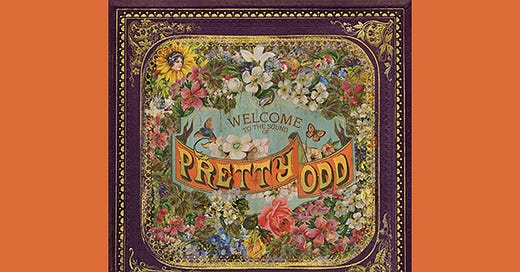




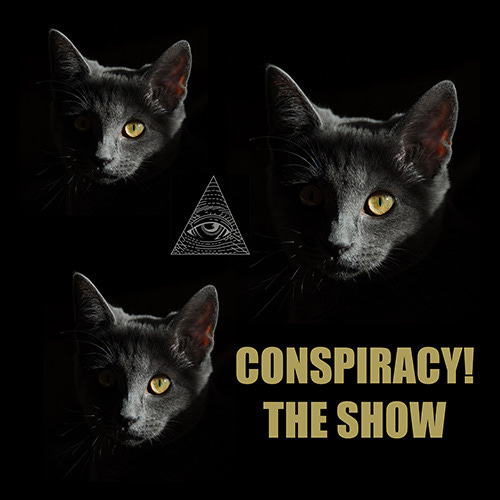

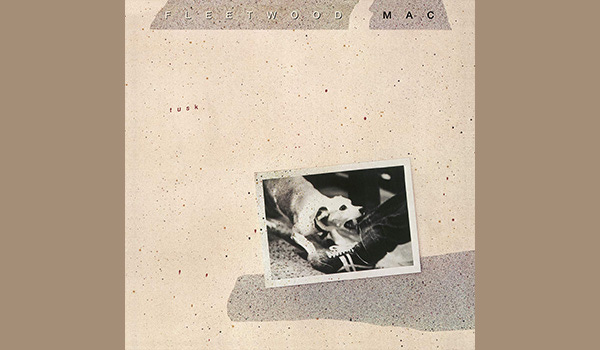
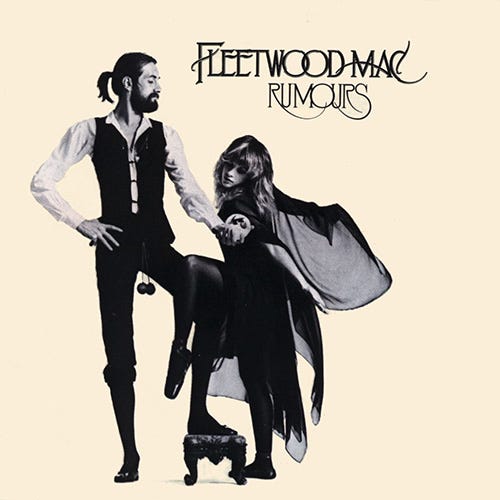
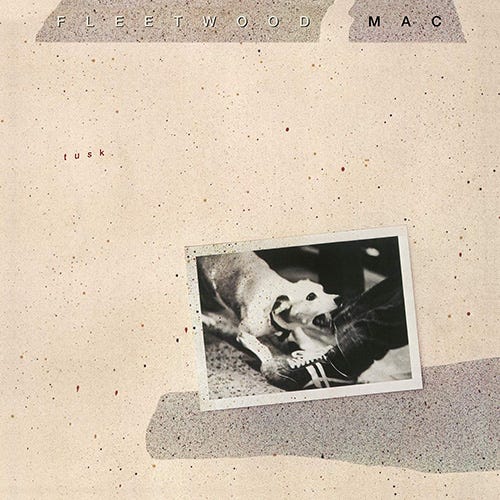
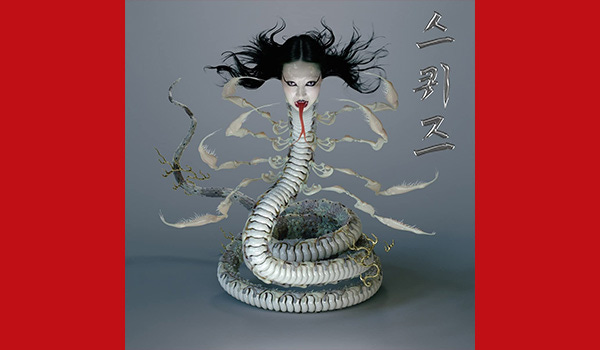
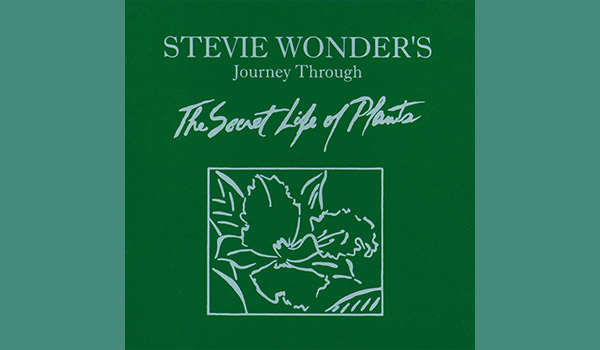


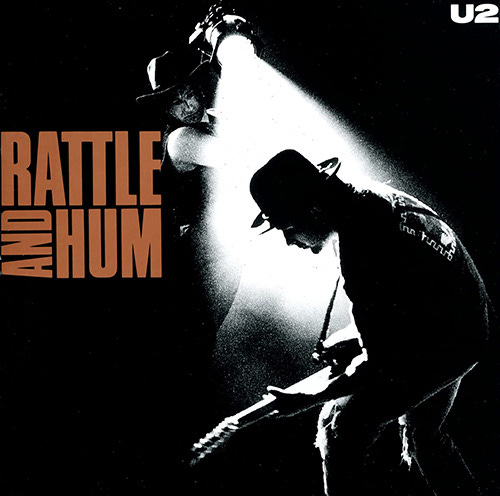


Zooropa completely knocked me off the U2 train for a long time.